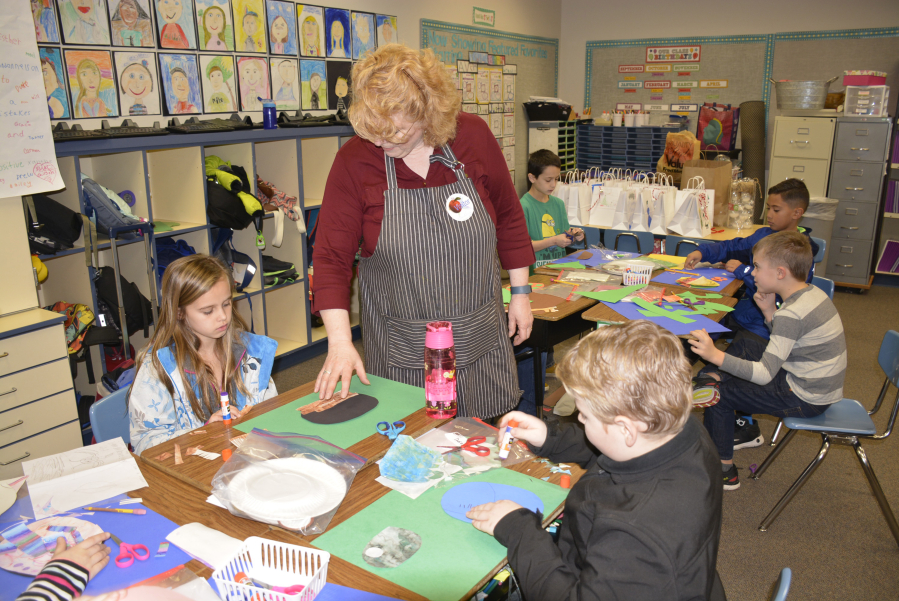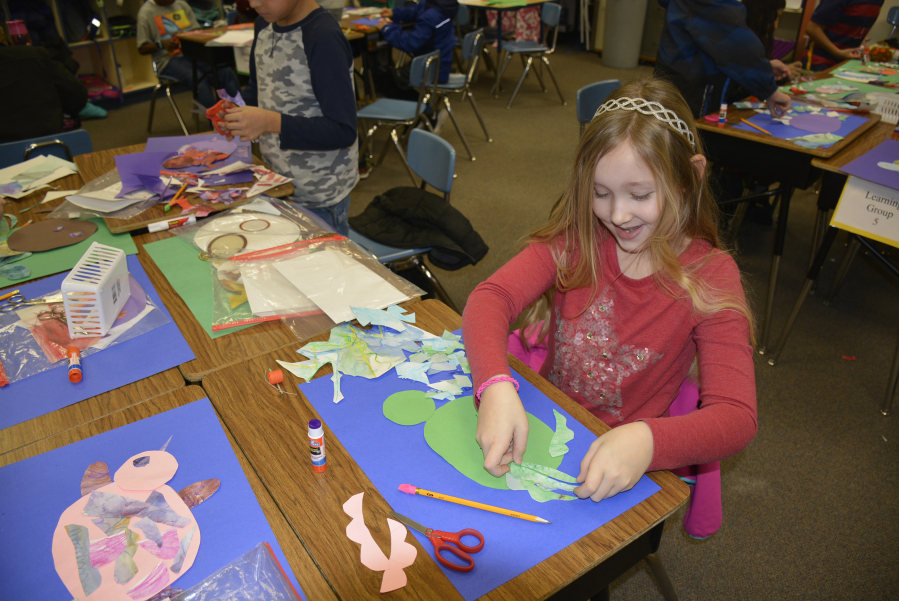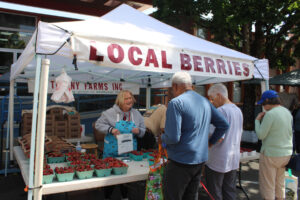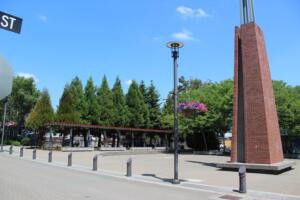Collage making and animal classification may not seem related, but students at Gause Elementary are learning just the opposite.
Combining art, imagination and the new Core Knowledge Language Arts curriculum, the third-graders created unique animals from different vertebrate groups.
They were assisted in this process by Peggy Ross, a teaching artist with Young Audiences. Ross has been an artist since she was old enough to hold a crayon, and has been working in schools for the past 20 years. She is trained in visual art, design and textiles, with a degree in studio art.
“One of the things I enjoy the most about working with children is their ability to innovate and approach their art, and the world, with new perspectives,” she said. “I love experiencing, vicariously, the joy of discovery and expression when children try new mediums and ideas with their art-making. There’s nothing more gratifying than a class of my students feeling proud and successful about their creations.”
The Gause Booster Club funded the artist-in-residence project through the annual school sport-a-thon.
“Parents make this program happen and I’m very grateful for this partnership,” said third-grade teacher Heidi Kleser.






